Life Cycle Assessment for optimal usage, eco-design and contribution to circular economy
Life Cycle Assessment (LCA) will be rolled out as a non-destructive evaluation (NDE) methods for rapid State of Health (SOH) monitoring.
Long-term, this enables smart end-of-life decisions: repair, replacement, second-life applications, or recycling.
The development of e-mobility is a large part of the wider challenge of creating a future sustainable society; thus, awareness of the life cycle cost and associated environmental and societal impacts is critical.






